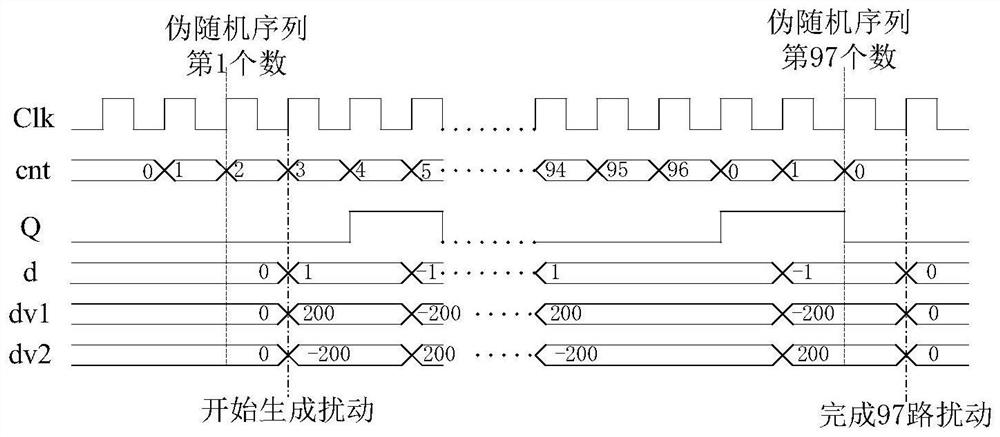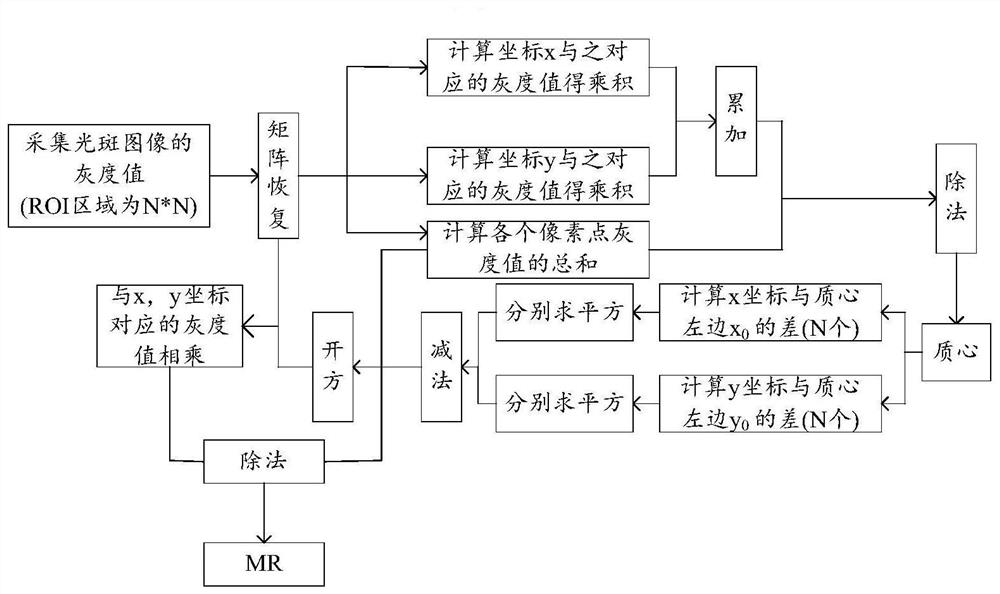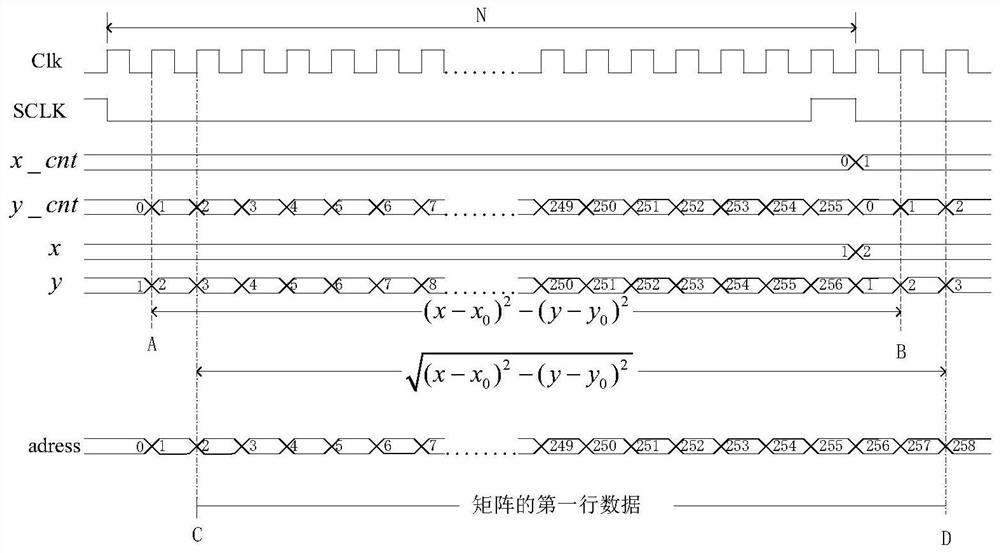Realization method of adaptive optics spgd control algorithm based on fpga
An adaptive optics and control algorithm technology, applied in the field of adaptive optics, can solve the problems affecting the correction ability of the adaptive optics system, reducing the generality of the SPGD control algorithm, and inaccurate implementation of the performance index function, so as to reduce the complexity, Achieving the effect of convenience and strong correction ability
- Summary
- Abstract
- Description
- Claims
- Application Information
AI Technical Summary
Problems solved by technology
Method used
Image
Examples
Embodiment Construction
[0037] The specific technical solutions of the present invention will be further described below with reference to the accompanying drawings, so that those skilled in the art can further understand the present invention.
[0038] The following embodiments take the 97-unit deformable mirror as an example:
[0039] A generator of random perturbation voltage modules:
[0040] figure 1 is the timing diagram of the random disturbance module of the present invention, Clk is the system clock, and the specific implementation is carried out according to the following steps.
[0041] 1. In the preprocessing part, with the help of Matlab software but not limited to Matlab, use the rand function to generate several groups of 97-way pseudo-random sequences (combined by 0,1). Store the generated groups of 97-way pseudo-random sequences for future use.
[0042]2. Take one set of pseudo-random sequences as an example to calculate the positive and negative disturbances, and read and store t...
PUM
 Login to View More
Login to View More Abstract
Description
Claims
Application Information
 Login to View More
Login to View More - R&D
- Intellectual Property
- Life Sciences
- Materials
- Tech Scout
- Unparalleled Data Quality
- Higher Quality Content
- 60% Fewer Hallucinations
Browse by: Latest US Patents, China's latest patents, Technical Efficacy Thesaurus, Application Domain, Technology Topic, Popular Technical Reports.
© 2025 PatSnap. All rights reserved.Legal|Privacy policy|Modern Slavery Act Transparency Statement|Sitemap|About US| Contact US: help@patsnap.com



